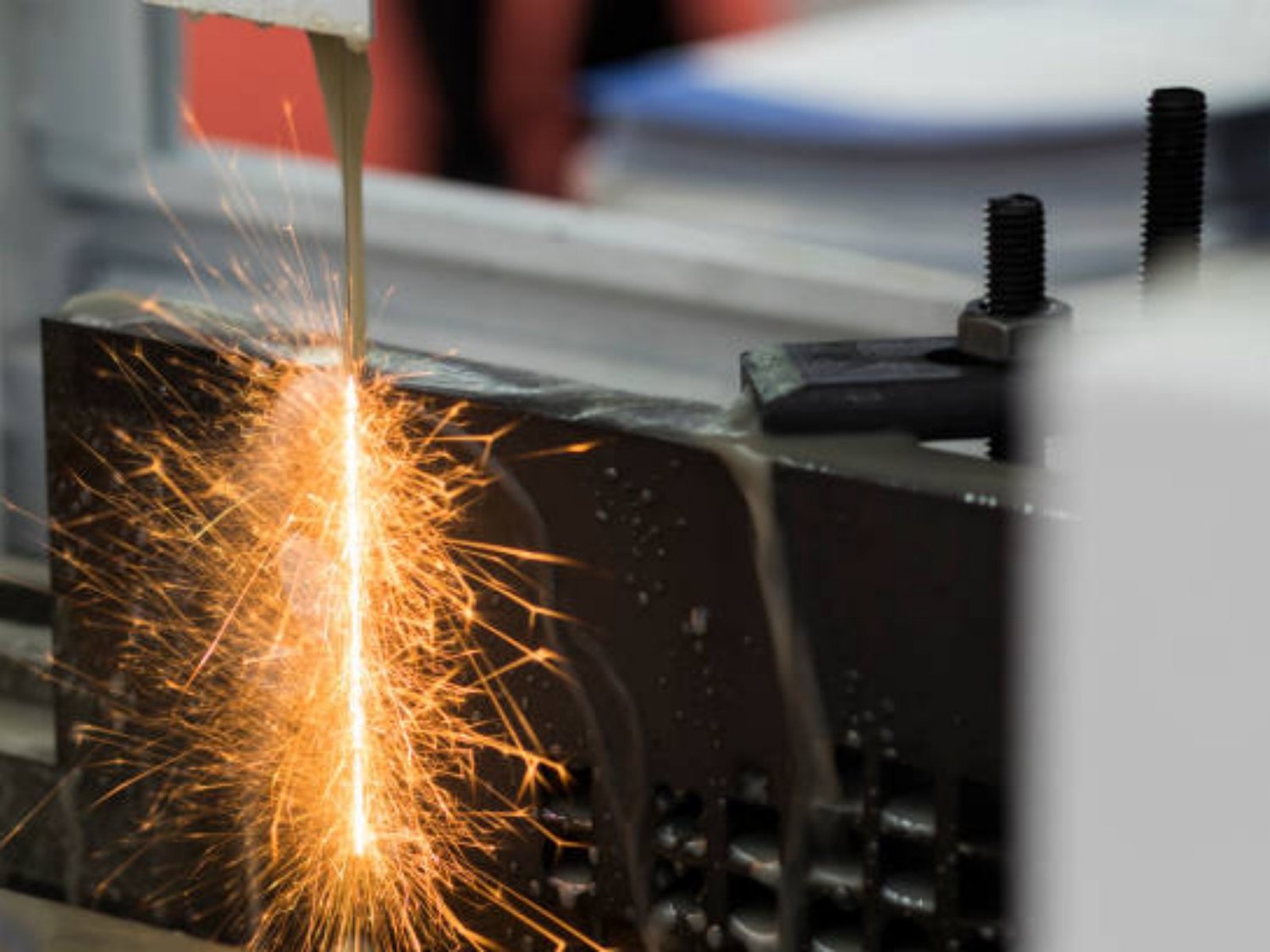The Basics of Wire Erosion Cutting
Wire erosion cutting, also known as wire EDM (Electrical Discharge Machining), is a precision cutting process used to shape and cut materials with high accuracy. It involves using a thin wire electrode to create electrical sparks that erode the material, resulting in a precise and intricate cut. This article explores the advantages and applications of wire erosion cutting.
1. Precision and Accuracy
One of the key advantages of wire erosion cutting is its ability to achieve high precision and accuracy in cutting various materials. The thin wire electrode, typically made of brass or copper, is controlled by computer software to create intricate shapes and contours. This makes wire erosion cutting an ideal choice for industries that require precise and complex components, such as aerospace, automotive, and medical.
2. No Contact and Minimal Heat Affected Zone
Unlike conventional cutting methods, wire erosion cutting does not involve any physical contact between the cutting tool and the material. The wire electrode is separated from the workpiece by a dielectric fluid, which prevents any mechanical stress or damage to the material. Additionally, the process generates very little heat, resulting in a minimal heat affected zone (HAZ). This is particularly beneficial for materials that are sensitive to heat, such as heat-treated steels or exotic alloys.
3. Versatility in Material Compatibility
Wire erosion cutting is compatible with a wide range of materials, including conductive and non-conductive ones. It can effectively cut metals, alloys, composites, ceramics, and even certain types of plastics. This versatility makes it suitable for diverse applications, from cutting intricate patterns in metal molds to shaping complex parts for medical implants.
4. Complex Shape Machining
Thanks to its ability to precisely control the wire electrode, wire erosion cutting is capable of machining complex shapes that would be difficult or impossible to achieve with conventional cutting methods. Intricate contours, sharp corners, and fine details can all be accurately reproduced using this technique. This makes it a preferred method for industries that require intricate and customized components, such as jewelry, die making, and prototyping.
5. Minimal Tool Wear and Maintenance
Wire erosion cutting does not involve physical contact between the cutting tool and the material, which significantly reduces tool wear. Unlike traditional cutting processes that require frequent tool changes and maintenance, wire erosion cutting can operate continuously for extended periods without compromising precision or quality. This minimizes downtime and increases efficiency, making it a cost-effective solution for high-volume production.
6. Wire Erosion Cutting in Die and Mold Making
Die and mold making is one of the primary applications of wire erosion cutting. The technique is widely used to create intricate cavities, indentations, and profiles in dies and molds for various industries, including automotive, aerospace, and consumer products. The high precision and accuracy of wire erosion cutting make it an ideal choice for producing complex shapes and patterns required in the manufacturing of plastic injection molds, die-casting molds, and forging dies.
7. Wire Erosion Cutting in Medical Implants
Wire erosion cutting plays a crucial role in the production of medical implants, such as orthopedic implants and surgical instruments. The technique enables the manufacturing of complex and customized implant designs with high precision and accuracy. It allows for the creation of intricate features, such as porous structures, which promote better integration with the patient's body. The ability to work with various biocompatible materials makes wire erosion cutting a valuable tool in the medical industry.
8. Wire Erosion Cutting in Electronics and Aerospace
The electronics and aerospace industries rely on wire erosion cutting for the fabrication of precise and intricate components. Circuit boards, connectors, and microelectromechanical systems (MEMS) are just a few examples of electronic components that benefit from the high precision and accuracy of wire erosion cutting. In the aerospace industry, wire erosion cutting is used to manufacture turbine blades, fuel nozzles, and other critical components that require complex geometries and tight tolerances.
9. Wire Erosion Cutting for Prototyping and Rapid Manufacturing
Wire erosion cutting is a preferred method for prototyping and rapid manufacturing due to its ability to quickly produce complex shapes and parts. It offers a fast and cost-effective solution for creating functional prototypes or small production runs without the need for expensive tooling or molds. This makes it an attractive option for product development, where time-to-market is crucial.
10. Wire Erosion Cutting in Automotive Industry
The automotive industry benefits from wire erosion cutting in various applications, such as the manufacturing of engine components, transmission parts, and fuel injection systems. The technique allows for the production of precise and durable parts that meet the stringent requirements of the automotive sector. Wire erosion cutting enables the creation of complex geometries, fine details, and tight tolerances required for optimal performance and efficiency.

